English | Español
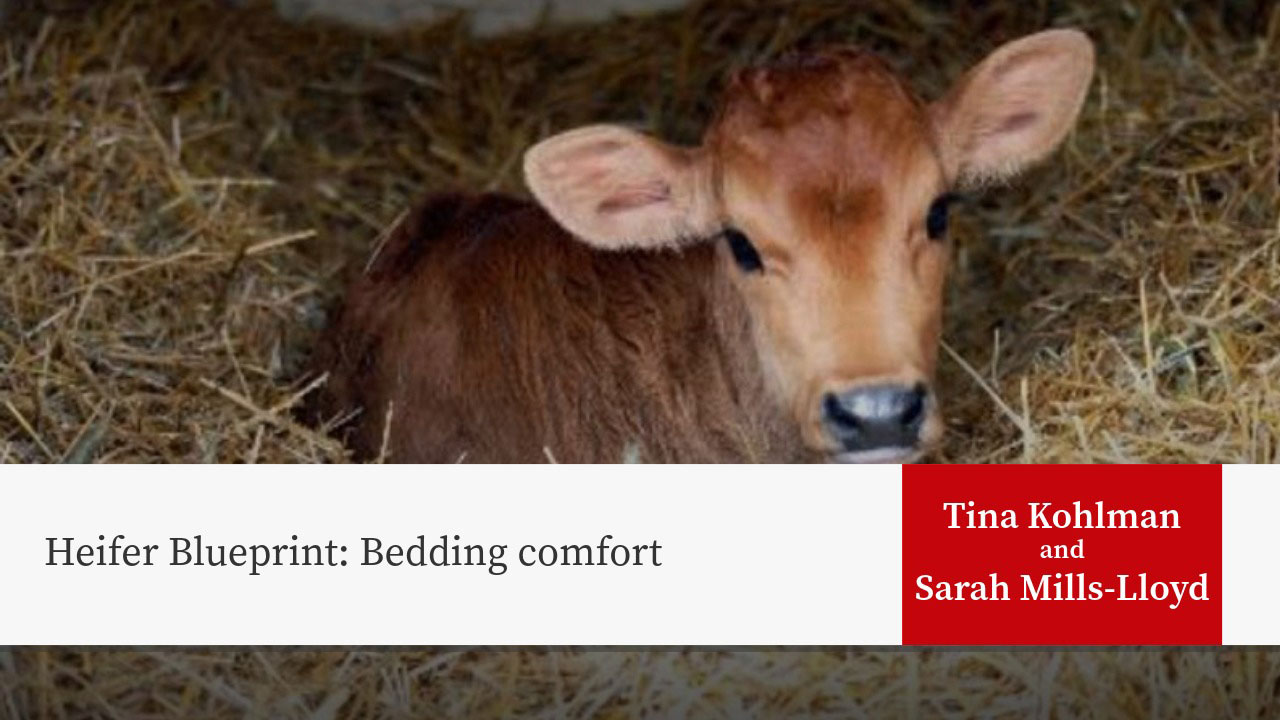
Introduction
Providing an excellent environment is a key component in successfully raising calves. For calf housing, the environment includes the calf’s resting space, feeding and walking surface.
Research shows young calves spend most of their time lying down, making the quality of the resting surface critical. A clean, dry resting surface ensures a hair coat that helps insulates the calf against the cold ground, low air temperatures, and sudden changes in temperature.
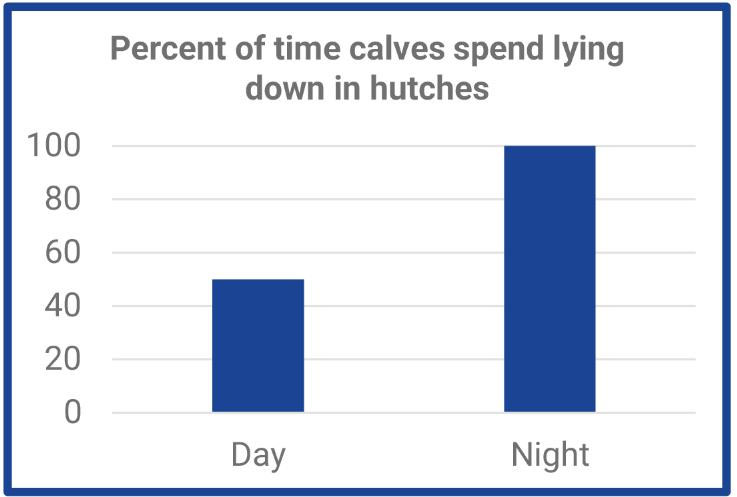
Knee Tests for Comfort & Cleanliness
Test 1
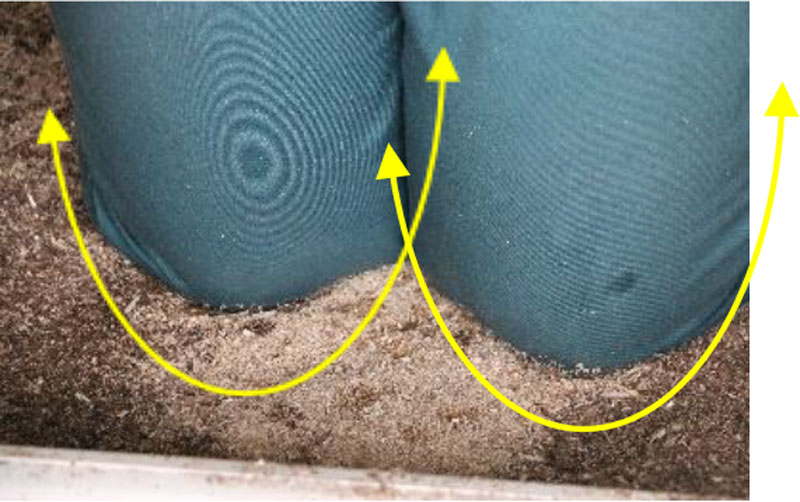
Kneel on bedded surface, rocking back and forth to see if pressure is comfortable to knee.
Does it feel comfortable?
- If YES, proceed to Test 2
- If NO, add additional bedding; and
Test 2
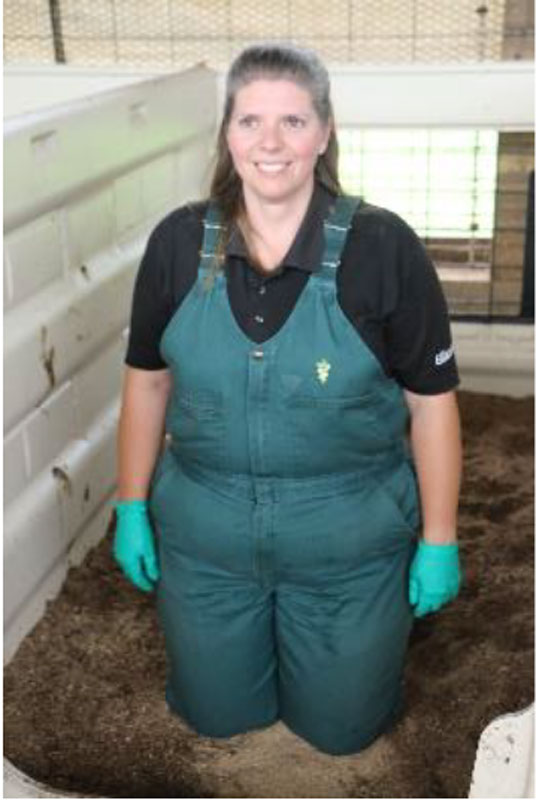
From a standing position, bend your knees and drop quickly to the bedded surface.
Does the impact feel comfortable?
- If YES, proceed to Test 3.
- If NO, add additional bedding; and
Test 3
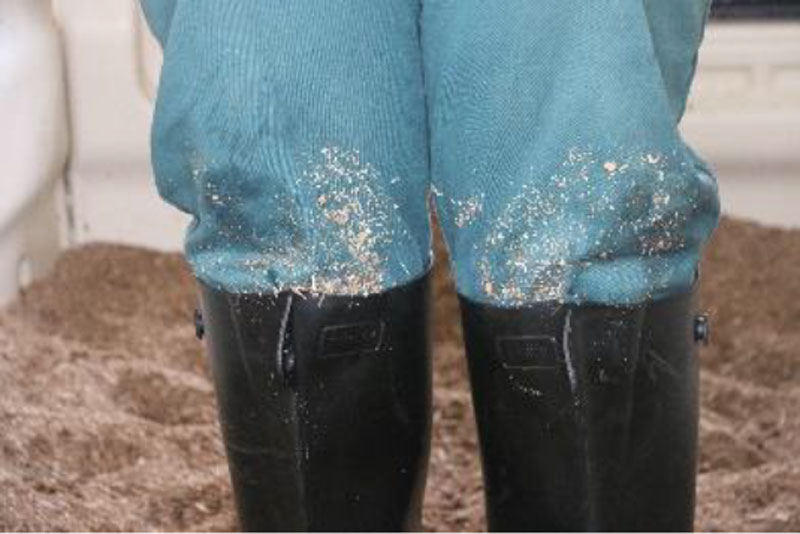
Check you knees.
Are they dry or are they wet?
- If DRY, the test is complete. Calf bedding acceptable.
- If WET, clean pen and/or provide additional dry bedding.
A calf can stand a good deal of cold weather if it is dry
Agricultural Experiment Station Circular (July 1931)
and protected from drafts.
Cold Weather Comfort
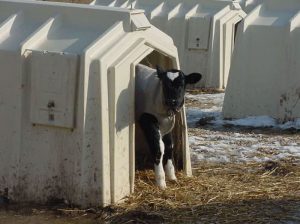
- A dry place to lie
- Plenty of clean, dry bedding
- Plenty of fresh air
- No cold air drafts
- Minimum frost or condensation during very cold weather
Ideal Bedding
- Provide a good base to:
- Soak up liquid
- Provide insulation
- Allow nesting
- 20-25 pounds of bedding per calf
- 2-3 pounds additional bedding per day
Nesting Scores for Cold Weather
Nesting Score 1
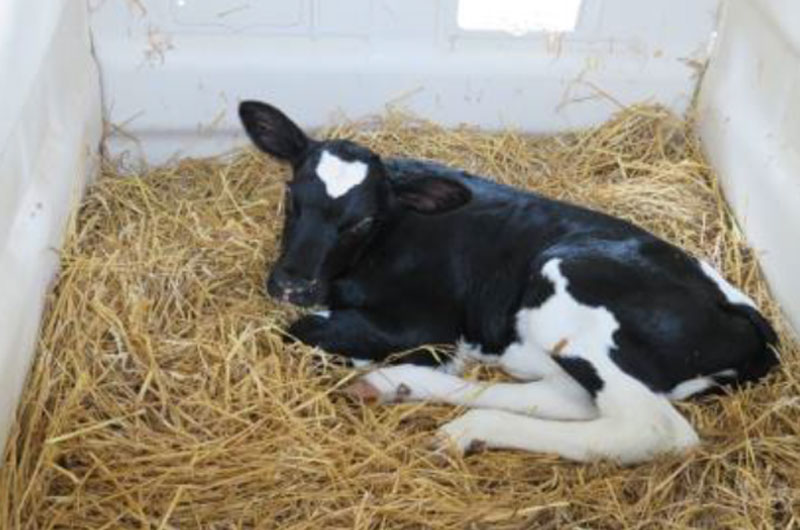
Nesting Score 1: Legs are entirely visible when lying down.
Nesting Score 2
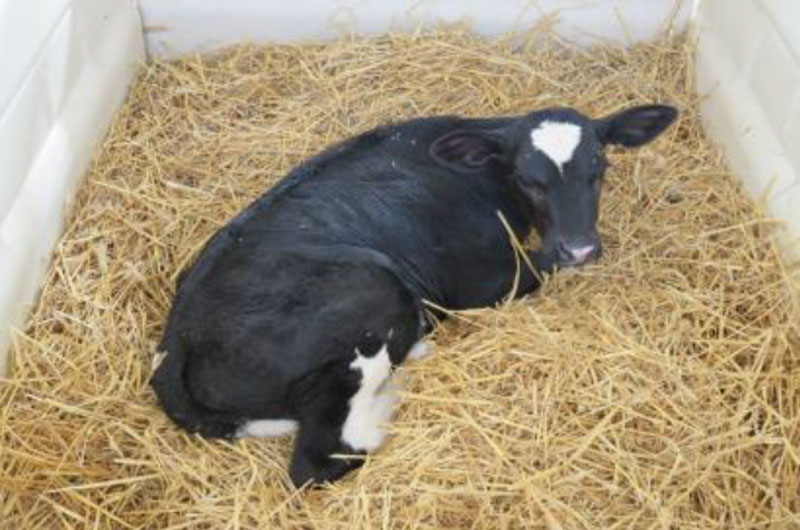
Nesting Score 2: Legs are partially visible when lying down.
Nesting Score 3
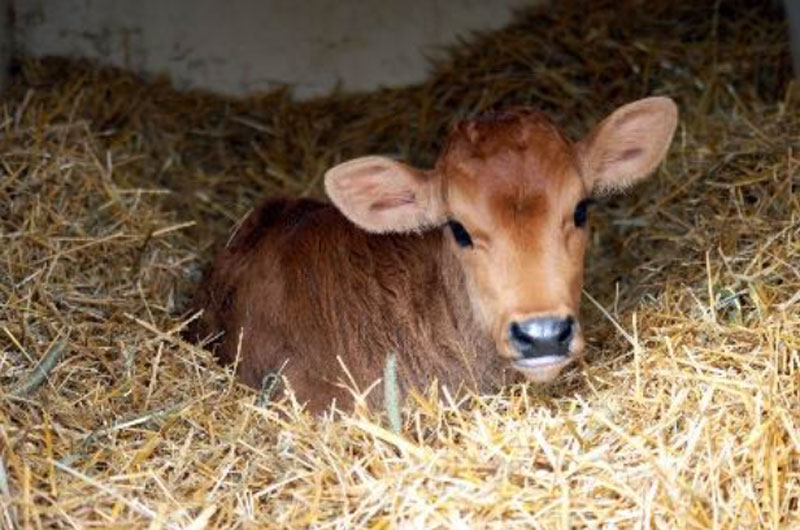
Nesting Score 3: Legs are not visible when laying down.
Conclusion
To ensure you have adequate and clean bedding, perform the knee tests. Provide amply bedding to allow calves to have a Nesting Score 3 (legs are not visible when laying down) for the cold, winter months.
Author
Tina Kohlman
Sarah Mills-Lloyd, DVM
Notes
Originally developed by UW-Extension Oconto County Agriculture Agent Sarah Mills-Lloyd & Fond du Lac County Dairy & Livestock Agent Tina Kohlman for the Nestlé Dairy Farming Institute Curriculum and adapted for UW-Extension Dairy Team Heifer Blueprints.


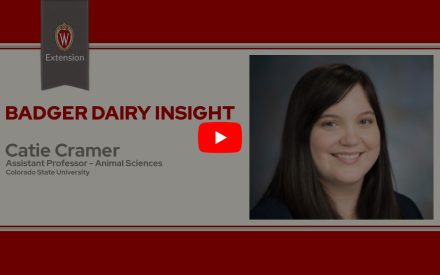 ▶️ Watch: Preparing Calves for the Road Ahead
▶️ Watch: Preparing Calves for the Road Ahead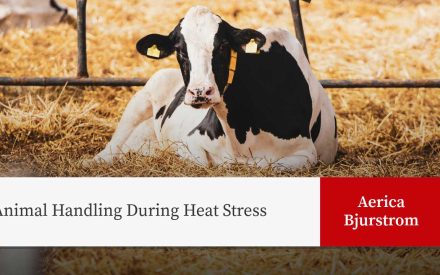 Animal Handling During Heat Stress
Animal Handling During Heat Stress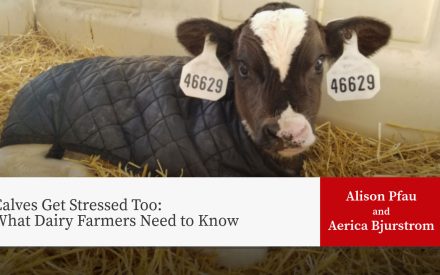 Calves Get Stressed Too: What Dairy Farmers Need to Know
Calves Get Stressed Too: What Dairy Farmers Need to Know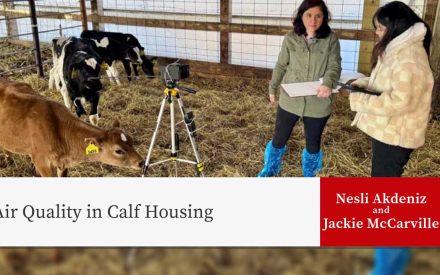 Air Quality in Calf Housing
Air Quality in Calf Housing


